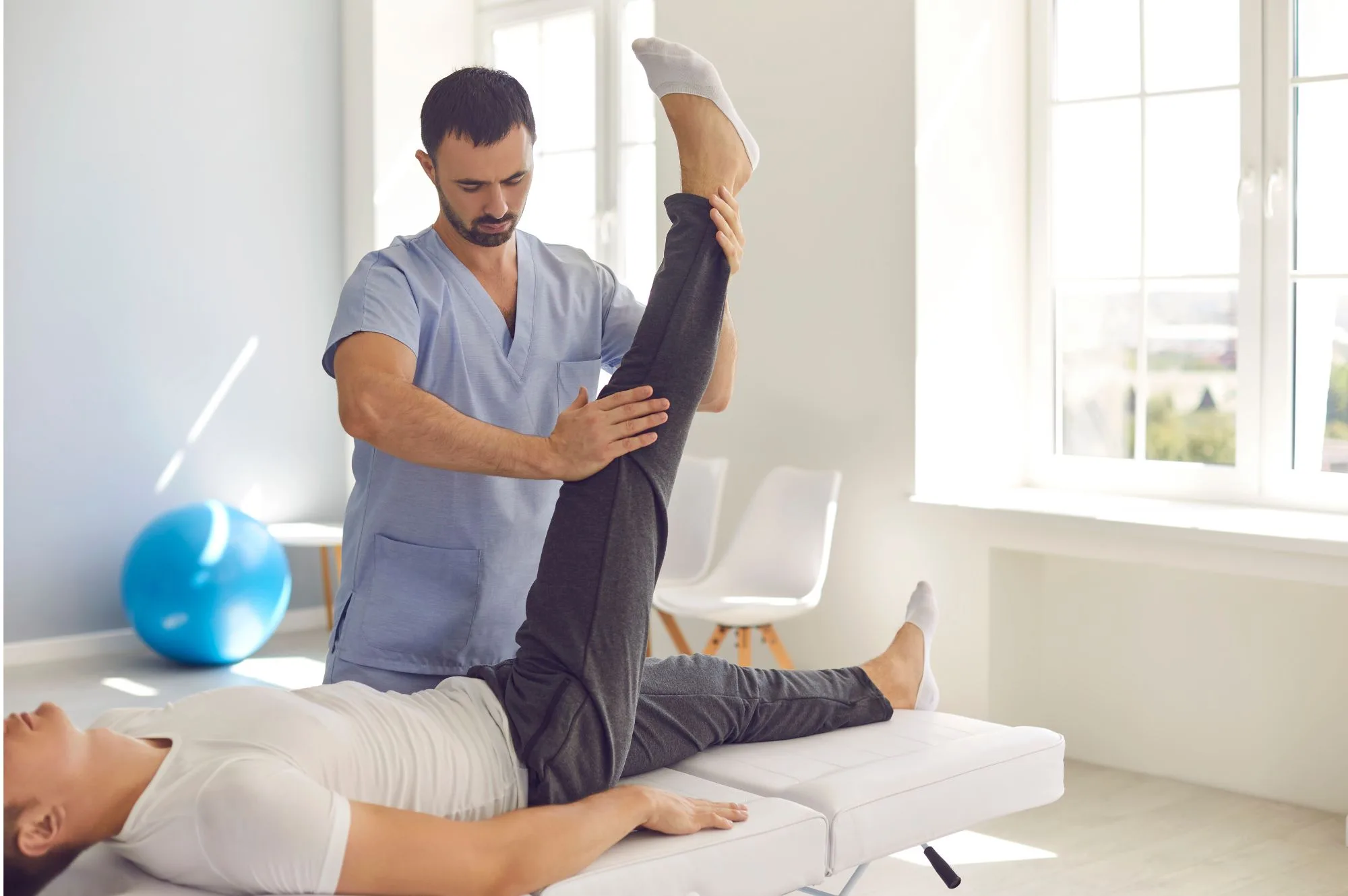Hypermobility Physical Therapy
A history of symptoms often related to pain and easily recognized by excess motion at multiple joints is described as hypermobility syndrome. It is also sometimes called as Beneign Joint Hypermobility Syndrome (BJHS). The challenges that you may face can be multi-faceted and numerous, if you’ve been diagnosed as being hypermobile. People who have been diagnosed with hypermobility syndrome have multiple joints that stretch further than normal, leading to frequent and often unrelated injuries. It’s usually genetics that determine who has hypermobility and who doesn’t. Hypermobility is more common in women than men at a ratio of 5:1. How to find out
Physical Therapy for Infants With Down Syndrome
Down syndrome is genetic disorder in which babies are born with an extra copy of chromosome 21. This disorder is also called as Trisomy 21. How a baby grows in the mother’s womb before birth is determined by chromosomes, and how the baby’s body functions after birth, and normally, a baby is born with 46 chromosomes. Babies born with an extra copy of chromosome 21 is Down Syndrome, and it changes the typical development of the brain and the body, causing mental and physical challenges. Most children with Down Syndrome have delayed mental and physical development. Approximately 45% of newborn babies
What Can Physiotherapy do for Sciatica
Sciatica is the symptom of pain down the leg that people may experience because of a low back problem. The sciatic nerve starts at the low back and goes down the buttock and branches out through the back of the leg to the foot. There are many reasons as to why the sciatic nerve may be symptomatic. Common problems resulting in sciatica may include a herniated disc, stenosis or narrowing of the nerve space, tightness in the hip, or misalignment of the pelvis. Pain, numbness, tingling, cramping, burning and weakness in the muscles of the involved leg are the symptoms of
Postural Drainage Physiotherapy
Removal of mucus from certain parts of the lungs by using gravity and proper positioning to bring the secretions into the throat where it’s easier to remove them, is postural drainage. Segments called ‘lobes’ divide the lungs. Right lung is divided into three lobes (right upper lobe, right middle lobe and right lower lobe), while the left lung has only two lobes (left upper lobe and lower lobe).Postural drainage is one way to help breathing problems due to swelling and too much mucus in the airways of the lungs. With postural drainage, you get into a position that helps drain
Lymphedema Physical Therapy
Lymphedema is the swelling of limbs, which commonly occurs on the back of hands or legs. It doesn’t usually occur on the face and genitalia. Lymphedema happens due to poor function of lymphatic system or obstruction of lymphatic vessels. When there is an inability to remove lymphatic fluids, due to either genetic insufficiency or damage to the lymphatic system, one suffers from lymphedema. Lymphedema may be diagnosed by a primary care physician, general surgeon and / or vascular surgeon. A physiotherapist who has received specialized training in Complete Decongestive Therapy for Lymphedema treatment, is the best to be approached if you’re







